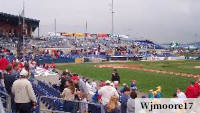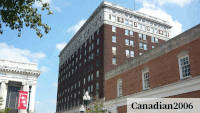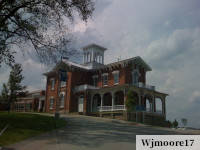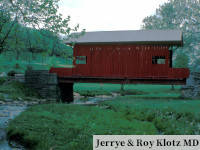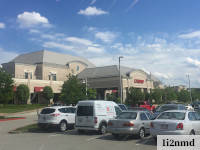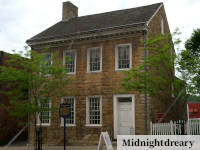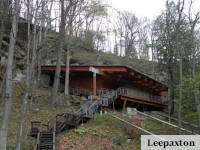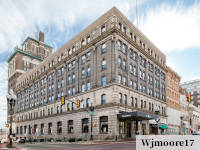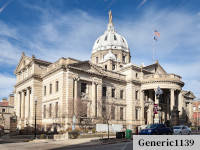The Victorian Houses Of East Washington
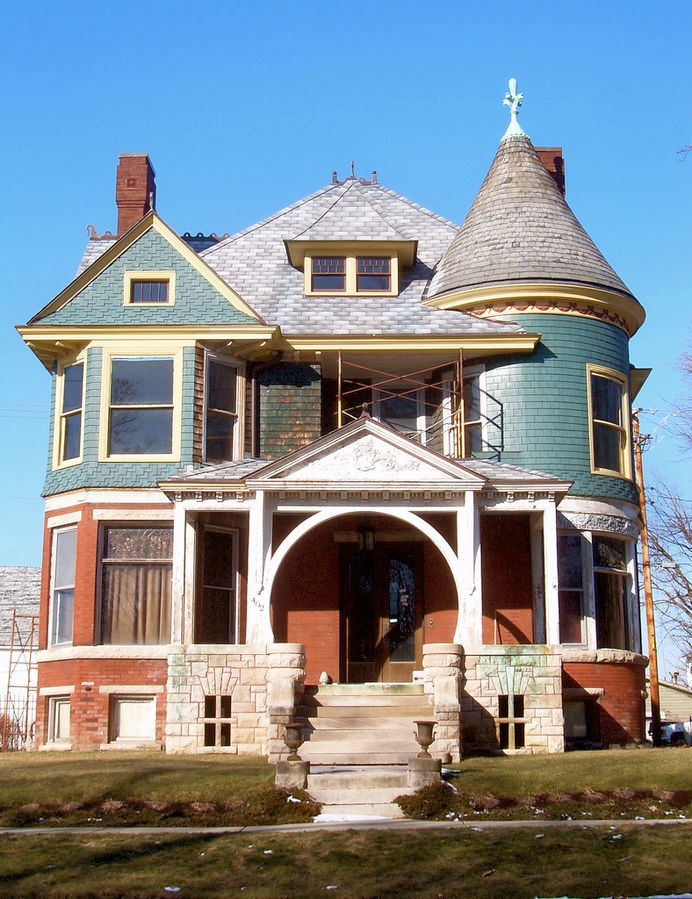
More than one hundred Victorian era homes in East Washington contribute to the identity of the Washington, PA area. People who grew wealthy in oil, gas, steel or glass in the area moved into those stately homes in the late 1800s & early 1900s. Their homes are worth seeing.
East Washington was & is a Victorian residential borough. Today it would be called a bedroom community. After work, it was easy enough to follow East Chestnut Street, East Beau Street or East Wheeling Street out of the City of Washington after the day’s work. East Wheeling brought people to South Wade Avenue. Most of the Victorian homes are situated on those four streets. Many of them were built from 1880 to 1900 as East Washington experienced an influx of people whose riches came from the oil & gas boom. They were constructed of wood & brick. One was built of stone.
The largest houses, complete with their original coach houses, sit in a triangle created by the intersection East Beau & South Wade in the heart of the East Washington Historic District. The Washington & Jefferson College President’s House is located on East Wheeling. It’s owned by the college & is well-maintained. Together those large houses evoke a sense of the character of the neighborhood back then.
Dozens of smaller Victorian houses complete the picture. As many as 116 Victorian era residences fill the historic district with a sense of the authentic.
A well-executed Queen Anne sits at 45 South Wade. Many of the houses were built in the Queen Anne style, which “is best exemplified by large front porches, intricate millwork, varied materials, steeply sloping rooflines, & corbelled chimneys,” according to the Comprehensive Plan of the City of Washington & Borough of East Washington. An example of the Queen Anne style at Bloomington, IL can be seen at the top of this article.
A fine example of the Shingle style can be seen at 355 East Wheeling.
A large Colonial Revival house is at 345 East Wheeling.
A group of George Barber pattern houses exists in the historic district. The houses have turrets, elaborate porches & different window designs. Barber popularized mail order house designs in the U.S. & other countries in the late Victorian period. People would send away for Barber’s patterns. “Prospective homebuilders also could request changes to plans by writing directly to the architects,” Old House Journal wrote.
A George Barber pattern house can be seen at 48 South Wade in the East Washington Historic District. Built in 1890s, a photo of it was posted to the photo hosting site Flickr by Jenny Hampton in 2006. While not in the historic district, other Barber pattern houses exist at 411 East Maiden Street & at 529 South Main Street in Washington, PA. Both were built in the 1890s & are listed as still standing.
“It’s an architectural period that’s very condensed, so you can see it all in a short time, either driving or walking,” Sandy Mansmann of the Washington County History & Landmarks Foundation said. Walking the architecturally rich streets of the historic district has benefits. People could see an old hitching post on South Wade near East Beaux & other hidden treasures from that era. If someone is going to walk the district, Mansmann offered a suggestion: “Look up.” Many of the most interesting features of the houses are not at street level.
Asked which of the more than 100 houses was his favorite, Clay Kilgore, Executive Director of the Washington County Historical Society declined to pick just one. He said, “They’re all beautiful, they have great historic value & they’re showpieces of the town.”
Victorian architecture in its simplest terms represented architectural styles from the mid to late 1800s during the reign of Queen Victoria, who was Queen of the United Kingdom of Great Britain & Ireland from 1837 until 1901. The British Empire expanded & peaked during those years. Victorian architectural styles spread around the world. The Queen Anne & Shingle styles that can be seen in the East Washington Historic District were among a number of Victorian styles that were implemented in the U.S.
The East Washington Historic District is listed on the National Register of Historic Places. It is designated as a historic district by the Washington County History & Landmarks Foundation, which created the district in 1984. Washington & Jefferson College President Howard J. Burnett told the Pittsburgh Post-Gazette that the district “was structured to prevent expansion of the college.” The newspaper reported that the college has bought & demolished a number of buildings listed in the historic district.
The East Washington architecture, some of it 140 years old, remains largely intact. “They’re well taken care of,” Mansmann said.
Not all the residences are Victorian. Some were built as late as the 1930s & 1940s. Some of the largest Victorian homes were subdivided by college students into multi‐family housing, then sold & converted back to single-family dwellings. Several buildings have been irrevocably altered beyond recognition & can no longer be considered historic. Still, 100 authentic Victorian era houses remain & are in great condition, making it a worthwhile drive or walk.
This article was published in
